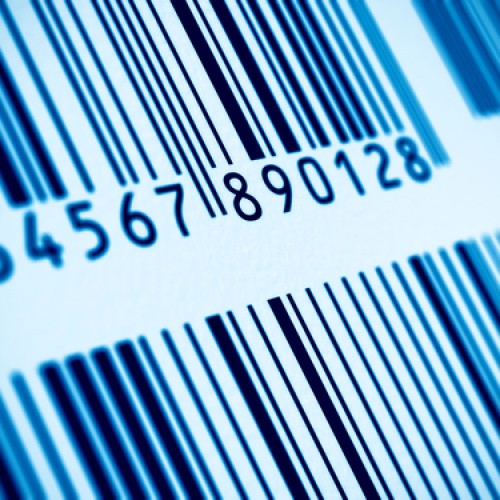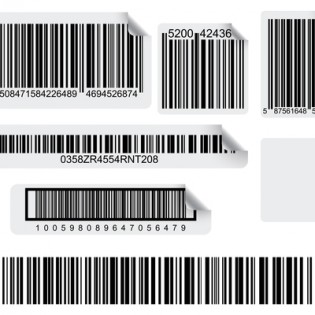Many companies find it extremely challenging to monitor all their equipment and assets. Industrial assets or specialized equipment can be extremely valuable and often serves as the company’s lifeline, as it can play a crucial role in production or need to exchange hands between employees or perhaps hold valuable and often sensitive data regarding clients, workers and products. There is a solution that can effectively address these concerns and that is asset tagging.
An Introduction to Asset Tagging
Asset tags are labels which are attached to assets which utilize a bar code. While they may appear insignificant at first glance, these property labels are effective tools that can be used to monitor physical assets, but they are not restricted to just computers.
How Asset Tagging is Used
There are a multitude of industries that can benefit from asset tagging. Some of these include manufacturing, telecommunications, healthcare, education and government facilities. It is beneficial in manufacturing where companies must carefully monitor all their equipment, so they can know which machines are in need of maintenance, and when this maintenance is needed.
Asset tagging plays a similar role in the telecommunications industry. In this industry, asset tagging can be used to detect outages and other problems and get them resolved as quickly as possible. In the healthcare industry, asset tagging is indispensable since there is a huge amount of equipment and supplies that must be tracked, along with the medical history of patients. In the educational field, asset tagging can be used to tag video or audio equipment, as well as films or books which are removed from libraries. Asset tagging has many potential uses in government facilities, particularly in the military.
How Asset Tagging Works
Asset tagging is a simple technology to utilize. There are a variety of styles available, but each tag has a label which says “property of” which is followed by the name of the institution or business. Every asset tag has a number and barcode, and most systems will use a numbering system that is sequential. This is done so that tracking the items is easier. Asset tagging labels utilize a unique adhesive which will stick to virtually any surface that is dry and clean; once they’re attached, they will usually stay that way, even in adverse environments.
Asset tagging systems also use scanners to monitor items, so once they’ve been labeled, they can easily be tracked. The primary value in asset tagging is that it allows large institutions to keep track of huge sums of equipment. While asset tagging may not be useful for small organizations or businesses, once an institution reaches a certain size, where it has hundreds or thousands of pieces of equipment to keep track of, doing so without asset tagging is extremely inefficient and possibly even dangerous, depending on the items and the sensitivity of the data they contain.
Because asset tagging is versatile and fairly inexpensive, it has been adopted by many organizations. They can help these organizations reduce their costs by lowering the number of hours that are needed to perform record keeping and manual tracking.







